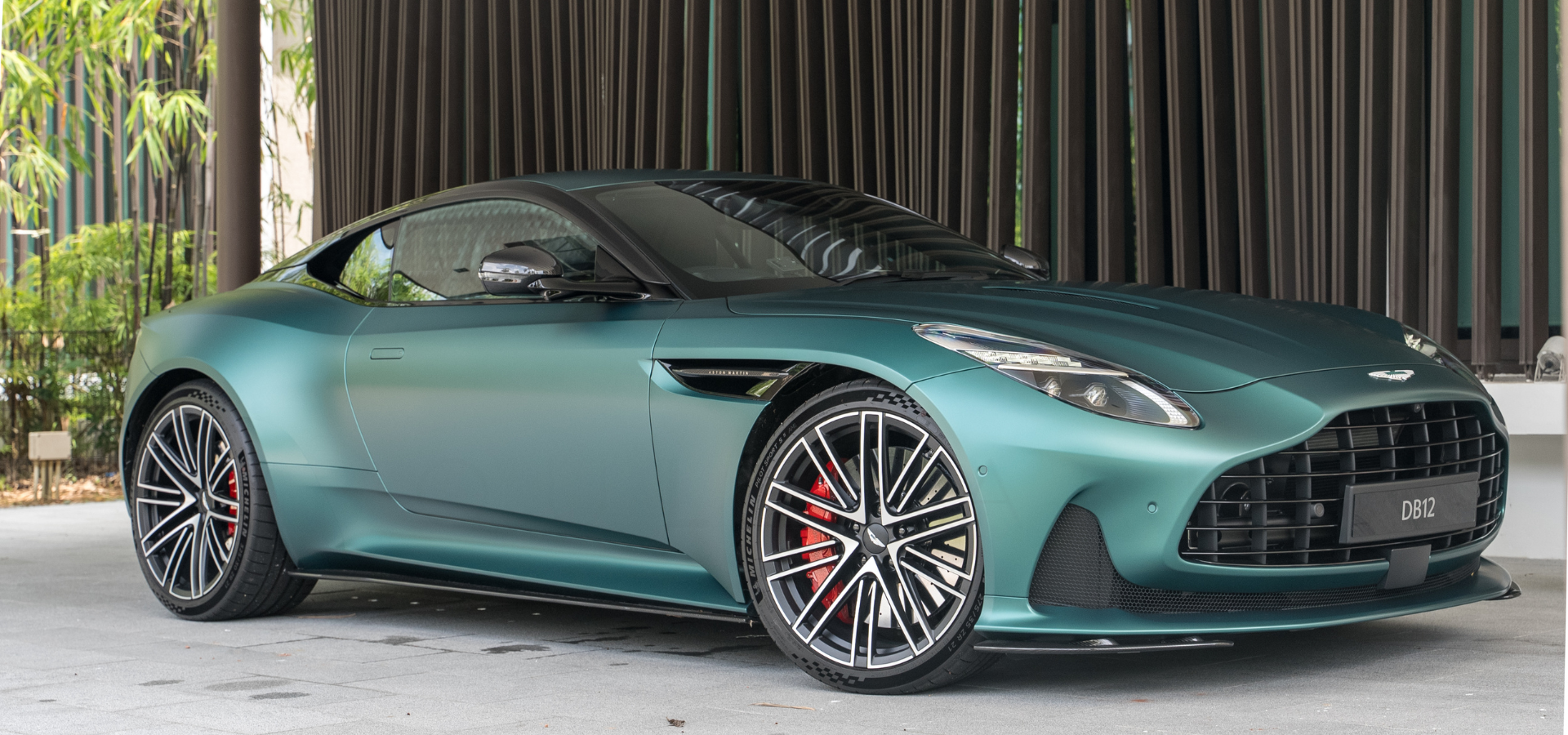If the rumors are to be believed, Intel may be gearing up for a major apology to gamers in the form of a suite of gaming-specific CPUs. Intel has suffered through multiple crises, a CEO ouster, sweeping layoffs, and a dour outlook on the future of the once-massive chipmaker. To make its case to consumers, Intel needs goodwill, and who better to get it from than the outspoken gamer crowd?
Multiple semi-reliable leakers have come out of the woodwork to talk about Intel’s plans to copy what makes AMD’s best gaming CPUs so reliable. The CPU could best be described as the PC’s brain, as it handles all the major processes for a computer to function. For gaming, a CPU has to calculate the game logic or run physics simulations, while the GPU—or graphics processing unit—handles the complex tasks of rendering a scene. AMD’s best gamer-specific CPUs use what the chipmaker calls its “3D V-Cache.” That boils down to a larger section of memory that the CPU can access for quick turnaround of complex gaming tasks.
Several posts first noted by Videocardz claim Intel is planning a few chips with a similar cache layout on its next desktop chip series—dubbed Nova Lake. A notable Intel leaker who goes by Raichu on X claimed that some Nova Lake chips could have a special tile called a Big Last-Level Cache, shortened to bLLC. Fellow leaker Haze also made claims earlier this month about the upcoming Intel microarchitecture having bLLC. It’s unclear how big this cache would be or whether it will be bigger or smaller compared to AMD’s current slate. Either way, it suggests Intel would tip the scales way beyond today’s current top-end Intel CPUs for gamers.

PC players looking for the latest and greatest gaming CPUs have largely written off Intel over the past few years. First, there was the SNAFU with its 13th- and 14th-gen chips. Several of those chip models experienced major instability issues caused by the chips sending incorrect voltage requests. Intel would later patch that issue and extend warranties for the impacted chips, though the scandal didn’t help its status among U.S. chipmakers. The following generation of Intel Core Ultra desktop-level chips—dubbed Arrow Lake—only added insult to injury. The chips were noticeably less capable in gaming tasks than Intel’s own 14th-gen CPUs. Intel released a patch in February to help address some of those concerns, but by then, AMD had already launched its most powerful gaming-specific chips. The cream of the crop is still the Ryzen 7 9800X3D with the touted 96MB V-cache.
Arrow Lake’s performance seemed more geared toward non-gaming tasks, and more particularly, AI. Sure, the market for gaming CPUs is smaller than those looking for business-end processors, but gamers are the most vocal of all Intel’s longtime customers. So what’s “Team Blue” to do, other than try to claw back its standing among PC owners? I’ve personally used several gaming laptops sporting Intel’s latest mobile Arrow Lake HX chips, and on the whole, they’ve seen much better gaming improvements gen-on-gen than the desktop series.
The reason Intel’s prospects are down in the dumps isn’t as much to do with its consumer-end hiccups and more with how it missed out on the AI gravy train. Nvidia has soaked up mountains of money thanks to being ahead of the curve in building AI training chips. AMD has more recently pushed its ultra-expensive Threadripper processors, like the most recent Threadripper Pro 9000 WX series, as another option for AI fine-tuning. Unless you’re a chip nerd, these AI processors don’t set the imagination on fire. Gamers simply want the best for pushing the most frames from their games. All Intel has to do is show players higher fps in their games, and they may be willing to forgive a few of its past missteps.






















































